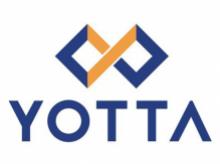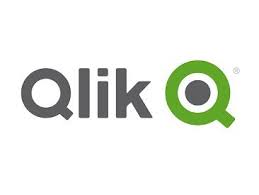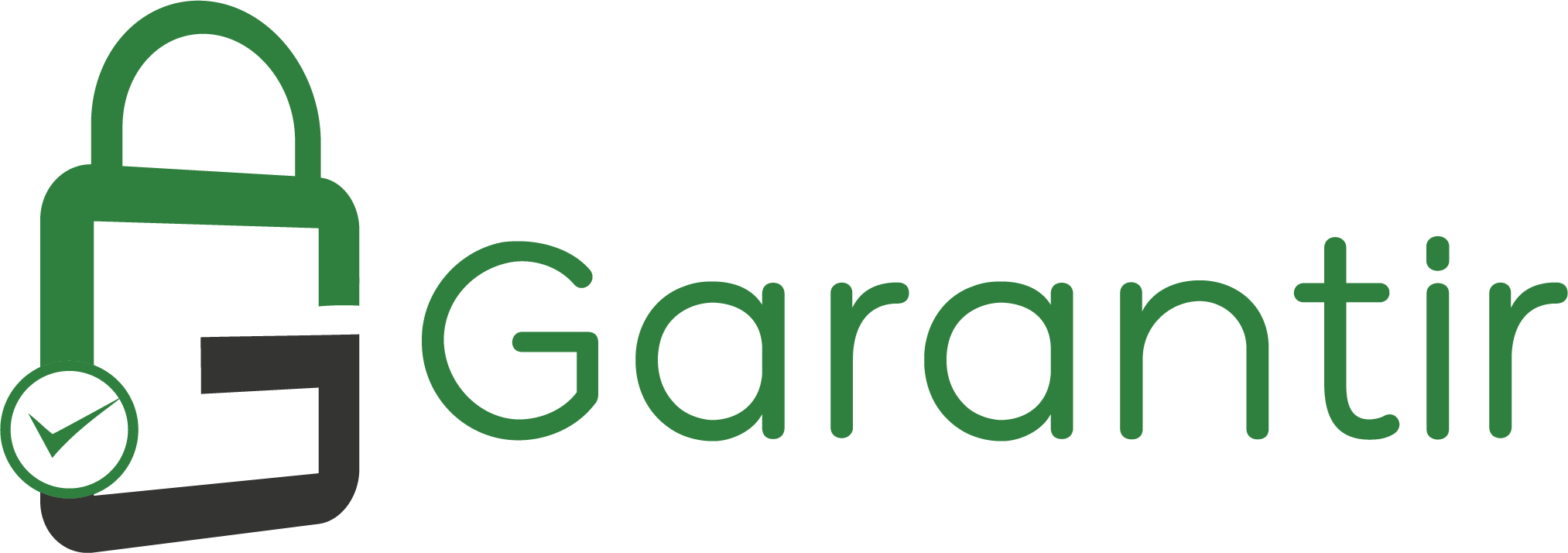ChromeLoader malware campaign punishes pirating users, HP warns
HP Inc. issued its quarterly HP Wolf Security
Threat Insights Report, showing threat actors are hijacking users’
Chrome browsers if they try to download popular movies or video games from
pirating websites.
By isolating threats that have evaded detection tools on PCs, HP Wolf
Security has specific1 insight into the latest
techniques being used by cybercriminals in the fast-changing cybercrime
landscape. To date, HP Wolf Security customers have clicked on over 30 billion
email attachments, web pages, and downloaded files with no reported breaches.
Based on data from millions of endpoints running HP Wolf Security2, the researchers
found:
- The Shampoo
Chrome extension is hard to wash out: A
campaign distributing the ChromeLoader malware tricks users into
installing a malicious Chrome extension called Shampoo. It can redirect
the victim’s search queries to malicious websites, or pages that will earn
the criminal group money through ad campaigns. The malware is highly
persistent, using Task Scheduler to re-launch itself every 50 minutes.
- Attackers
bypass macro policies by using trusted domains: While macros from untrusted
sources are now disabled, HP saw attackers bypass these controls by
compromising a trusted Office 365 account, setting up a new company email,
and distributing a malicious excel file that infects victims with the
Formbook infostealer.
- Firms
must beware of what lurks beneath: OneNote documents can act as digital
scrapbooks, so any file can be attached within. Attackers are taking
advantage of this to embed malicious files behind fake “click here” icons.
Clicking the fake icon opens the hidden file, executing malware to give
attackers access to the users’ machine – this access can then be sold on
to other cybercriminal groups and ransomware gangs.
Sophisticated groups like Qakbot and IcedID first embedded malware into
OneNote files in January. With OneNote kits now available on cybercrime
marketplaces and requiring little technical skill to use, their malware
campaigns look set to continue over the coming months.
“To protect against the latest threats, we advise that users and businesses
avoid downloading materials from untrusted sites, particularly pirating sites.
Employees should be wary of suspicious internal documents and check with the
sender before opening. Organizations should also configure email gateway and
security tool policies to block OneNote files from unknown external sources,”
explains Patrick Schläpfer, Malware Analyst at the HP Wolf Security threat
research team, HP Inc.
From malicious archive files to HTML smuggling, the report also shows
cybercrime groups continue to diversify attack methods to bypass email
gateways, as threat actors move away from Office formats. Key findings include:
- Archives
were the most popular malware delivery type (42%) for the fourth quarter
running when examining threats stopped by HP Wolf Security in Q1.
- There
was a 37-percentage-point rise in HTML smuggling threats in Q1 versus Q4.
- There
was a 4-point rise in PDF threats in Q1 versus Q4.
- There
was a 6-point drop in Excel malware (19% to 13%) in Q1 versus Q4, as the
format has become more difficult to run macros in.
- 14%
of email threats identified by HP Sure Click bypassed one or more email
gateway scanner in Q1 2023.
- The
top threat vector in Q1 was email (80%) followed by browser downloads
(13%).
“To protect against increasingly varied attacks, organizations must
follow zero trust principles to isolate and contain risky activities such as
opening email attachments, clicking on links, or browser downloads. This
greatly reduces the attack surface along with the risk of a breach,” comments
Dr. Ian Pratt, Global Head of Security for Personal Systems, HP Inc.
HP Wolf Security runs risky tasks like opening email attachments,
downloading files and clicking links in isolated, micro-virtual machines
(micro-VMs) to protect users. It also captures detailed traces of attempted
infections. HP’s application isolation technology mitigates threats that might
slip past other security tools and provides unique insights into novel
intrusion techniques and threat actor behavior.


































Leave A Comment